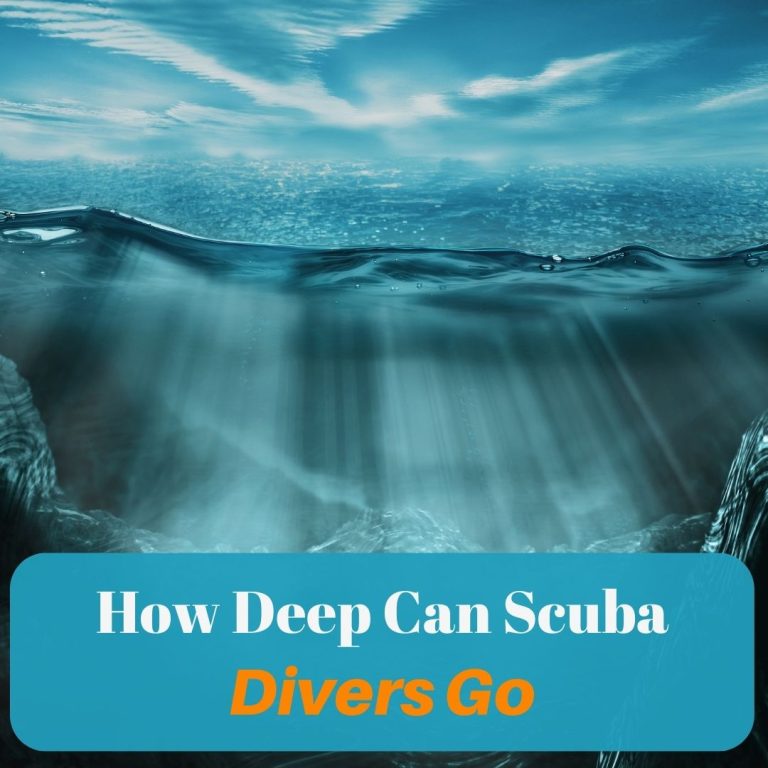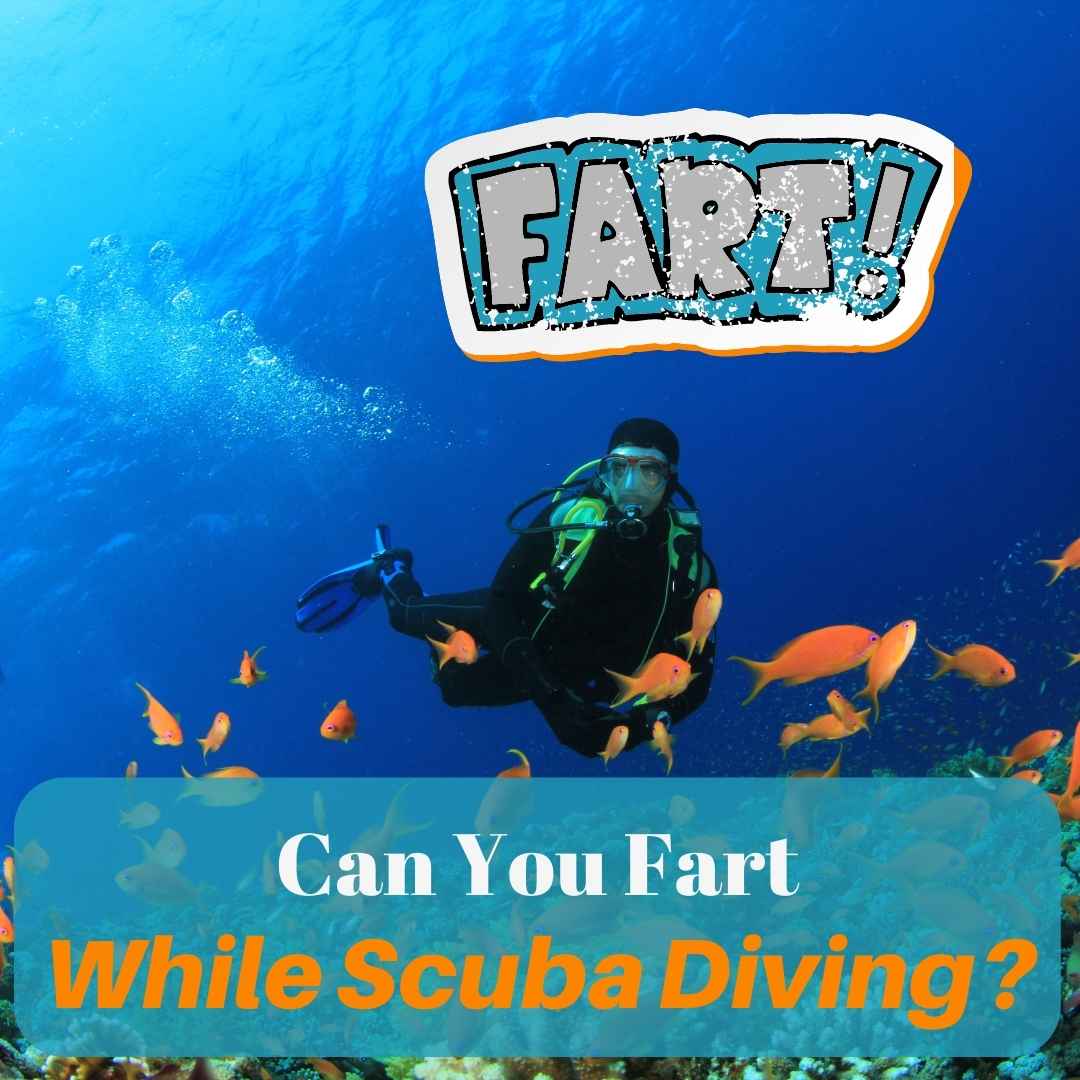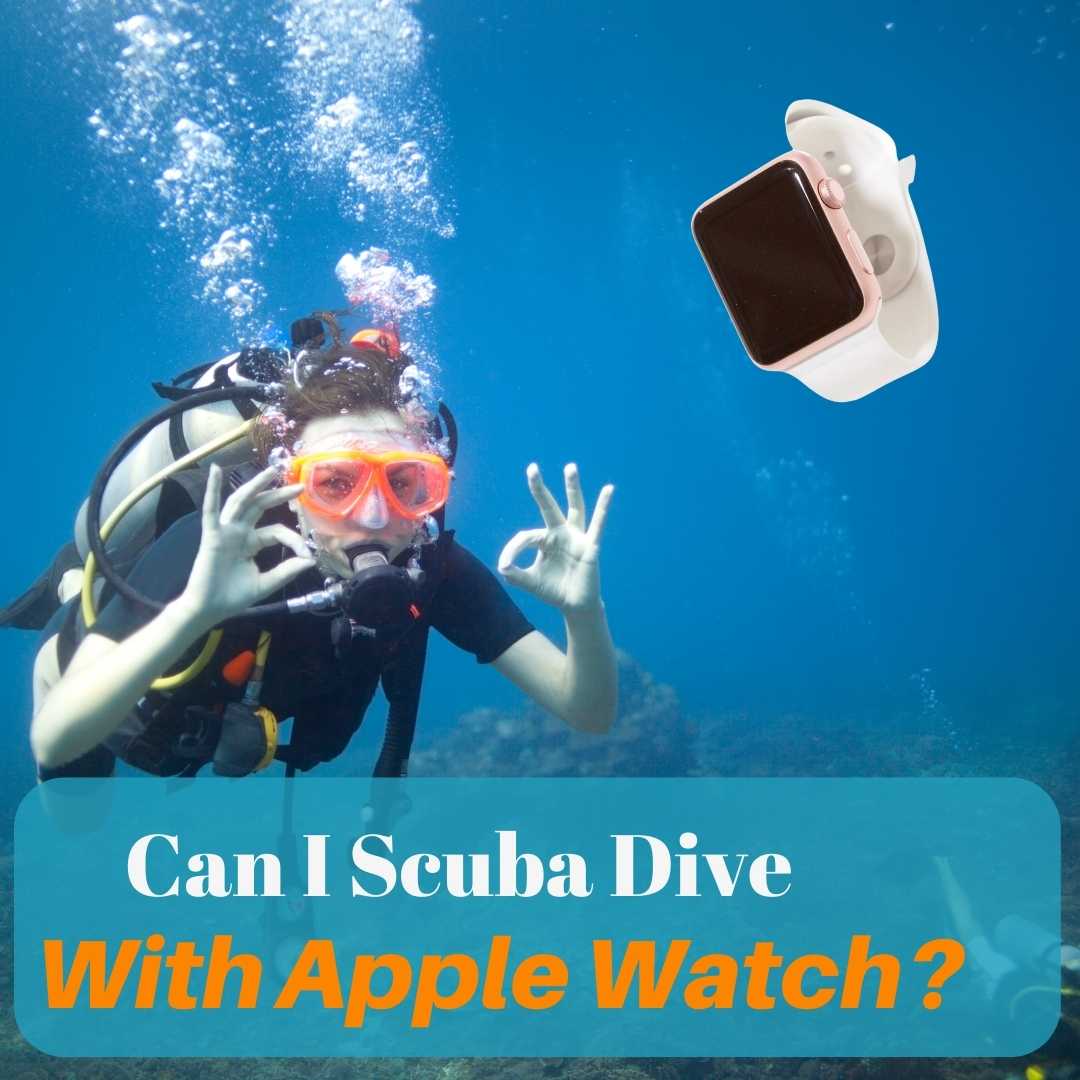Scuba diving offers a unique way to explore the underwater world, allowing divers to descend beneath the surface of the ocean to witness marine life that can’t be experienced from the shore or in shallow waters. The depth to which a scuba diver can safely go depends on several factors, including their level of training, experience, and the type of equipment they use. While recreational divers typically do not exceed depths of 30 meters (98 feet), there are advanced divers known as technical divers who can reach significantly greater depths using specialized equipment and gases.

Determining how deep a diver can go isn’t just a matter of personal capability or courage; it’s a disciplined process that prioritizes safety. On one hand, recreational diving bodies such as PADI and SSI recommend limits of about 40 meters (130 feet). On the other, technical divers might extend their reach to 100 meters (330 feet) or beyond, with the need for decompression stops and the use of mixed gases. Risks such as nitrogen narcosis and decompression sickness, among others, must always be managed meticulously.
Table of Contents
Key Takeaways
- Maximum diving depths vary by level of training and diver certification.
- Safety protocols and specialized equipment are crucial for deep diving.
- Technical divers can exceed the depth limits set for recreational diving.
Determinants of Diving Depth

The depth a scuba diver can achieve is influenced by the diver’s physical capabilities and the specifications of the diving equipment used.
Physical Limitations
The human body has bounds that define safety in the marine environment. At depths beyond 30 meters (98 feet), the risk of nitrogen narcosis increases, potentially impairing a diver’s judgment and coordination. Beyond 40 meters (130 feet), issues such as oxygen toxicity and decompression sickness become more prevalent. These risks underline the importance of adhering to recommended diving depths based on training and experience.
Equipment Constraints
Scuba equipment is also a critical factor in determining how deep one can dive. The standard recreational scuba diving gear is rated for depths up to approximately 40 meters (130 feet), with advanced gear allowing for deeper exploration:
- Tank capacity: Determines available air supply and influences dive time.
- Regulator performance: Must be able to function at increased ambient pressures.
- Dive computer: Essential for monitoring depth, time, and decompression status.
- Gas mixture: For dives exceeding 40 meters, enriched air nitrox or other specialized gas blends may be necessary to manage nitrogen levels and reduce decompression time.
Divers venturing past recreational limits require extensive training and specialized equipment including but not limited to rebreathers or trimix gas mixtures that can accommodate the intense pressure and physiological challenges encountered at extreme depths.
Read Next: Is Scuba Diving at Night Dangerous?
Scuba Diving Depth Limits

Scuba diving depths vary significantly between recreational and technical diving, each bounded by strict limits to ensure diver safety.
Recreational Scuba Diving
Recreational scuba divers typically operate within a maximum depth of 40 meters (130 feet), although some organizations like the British Sub-Aqua Club (BSAC) extend this limit to 50 meters (164 feet). Entry-level certifications such as those from the Professional Association of Diving Instructors (PADI) qualify divers to descend to 18 meters (60 feet).
- Maximum Depth: 40 meters (130 feet)
- BSAC Certified Divers: 50 meters (164 feet)
- PADI Open Water Divers: 18 meters (60 feet)
Training and experience dictate the permissible depths to maintain safety protocols and manage risks such as decompression sickness.
Technical Scuba Diving
Technical scuba diving allows for greater depths, often exceeding the recreational limits and reaching depths of around 350 feet or more. This advanced form of diving requires specialized training, equipment, and breathing mixes to counteract challenges like oxygen toxicity and nitrogen narcosis.
- General Maximum Depth: Approx. 350 feet
Divers going beyond 60 meters (200 feet) generally use hypoxic breathing gas mixtures to avoid oxygen toxicity. Technical dives may necessitate decompression stops and detailed dive planning.
Safety Considerations

When diving beyond the recommended recreational limit of 30 meters (98 feet), scuba divers must consider specific health-related risks that increase with depth. These include decompression sickness, nitrogen narcosis, and oxygen toxicity. Each condition is directly linked to the underwater environment and depth.
Decompression Sickness
Decompression sickness (DCS), also known as ‘the bends,’ arises when divers ascend too quickly and dissolved gases in the body form bubbles in tissues or the bloodstream. This condition can be severe and may require immediate medical attention. Safety measures include:
- Following ascent guidelines: Ascend no faster than 18 meters (60 feet) per minute.
- Decompression stops: Make necessary safety stops to allow the body to expel dissolved gases.
Nitrogen Narcosis
Nitrogen narcosis is a condition experienced by divers at depths typically beyond 30 meters (100 feet). It is caused by the narcotic effect of nitrogen under high pressure and can impair judgment and coordination. To mitigate its effects:
- Limit depth: Restrict dives to within safe operational limits for certification level.
- Ascend to shallower depths: If symptoms occur, moving to shallower water can reverse the effects.
Oxygen Toxicity
Oxygen toxicity results from breathing high concentrations of oxygen at depth, which can lead to lung damage and central nervous system issues. Divers can prevent oxygen toxicity by:
- Monitoring oxygen exposure: Use dive computers or tables to keep track of oxygen exposure.
- Using appropriate gas mixtures: For deeper dives, specialized gas mixtures such as trimix may be required to reduce oxygen partial pressure.
Advancements in Deep Diving

Cutting-edge technological advancements and innovative diving techniques have significantly extended the boundaries of deep diving, opening up new possibilities for exploration and research.
Innovations in Scuba Gear
Engineers and manufacturers are consistently pushing the limits of scuba gear design, creating equipment that can withstand the extreme pressures of deep-sea environments.
- Rebreather Systems: Modern rebreathers recycle the diver’s exhaled gas, removing carbon dioxide and replenishing oxygen. This allows for longer dives and reduced decompression times, making deeper dives more accessible.
- Dive Computers: Contemporary dive computers now feature sophisticated algorithms to monitor and predict nitrogen and helium absorption in real time. They also offer detailed decompression planning to enhance diver safety during deep dives.
- High-Pressure Gas Mixtures: The adoption of trimix and heliox mixtures, combining oxygen, nitrogen, and helium, reduce the risks of nitrogen narcosis and oxygen toxicity when diving at depths beyond traditional limits.
Emerging Diving Techniques
Deep diving professionals develop and refine techniques to address the challenges posed by the depths.
- Technical Diving Protocols: Advanced training courses focus on the use of technical gear and diving under challenging conditions. They instruct on managing gas supplies and emergency procedures at depths greater than 40 meters (130 feet).
- Saturation Diving: This approach involves divers living in a pressurized environment for extended periods, which significantly reduces the risk of decompression sickness. It is often used for commercial and scientific purposes, enabling divers to work at great depths for longer durations.
Frequently Asked Questions

In this section, answers to common inquiries regarding the depths achievable by scuba divers are provided, demystifying the limitations and records related to the sport.
What is the maximum advised depth for recreational scuba diving?
The maximum recommended depth for recreational scuba divers is typically 40 meters (130 feet), with certain training organizations extending this limit to 50 meters (164 feet) for those with specific advanced certifications.
How far below the surface can technical divers safely descend?
Technical divers, with the appropriate training and equipment, can safely descend beyond the recreational dive limit, reaching depths of approximately 120 meters (394 feet) or even greater.
Beyond what depth does a scuba diver require decompression stops?
Generally, decompression stops are necessary for dives deeper than 18 meters (60 feet), especially if the divers exceed the no-decompression limits which vary depending on the dive profile and the gases used.
What are the physiological limits for humans diving with scuba gear?
The physiological limits for divers involve multiple factors, including gas toxicity, and pressure-related issues like nitrogen narcosis and decompression sickness. The precise limits can vary widely based on individual diver susceptibility, but exceeding 40 meters (130 feet) significantly increases these risks.
What is the record depth achieved by a scuba diver?
As of the knowledge cutoff in 2023, the record for the deepest scuba dive is 332.35 meters (1,090 feet 4.5 inches), achieved by Ahmed Gabr in 2014.
At what underwater depth does the risk of pressure-related injuries become critical for scuba divers?
The risk of pressure-related injuries, such as decompression sickness, becomes critical at depths beyond 30 meters (98 feet). Here, the increase in the partial pressure of nitrogen requires careful planning and adherence to decompression procedures to avoid serious injury.




